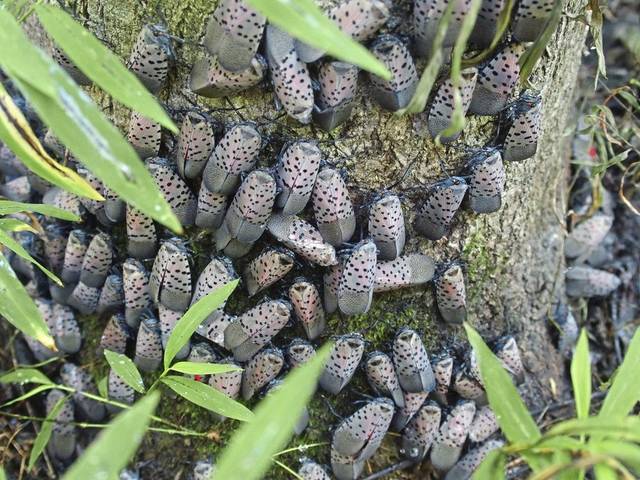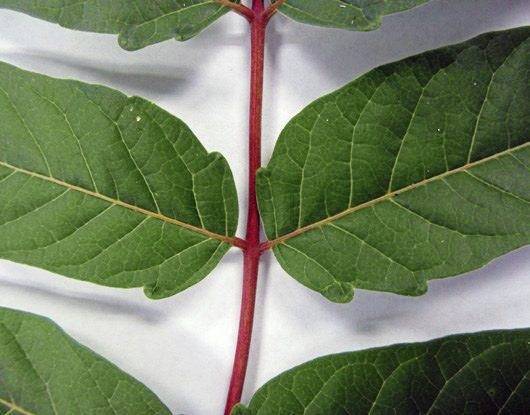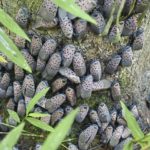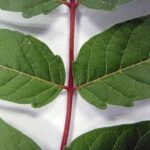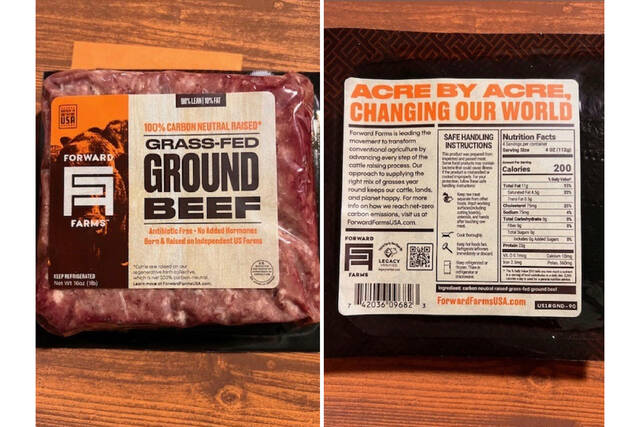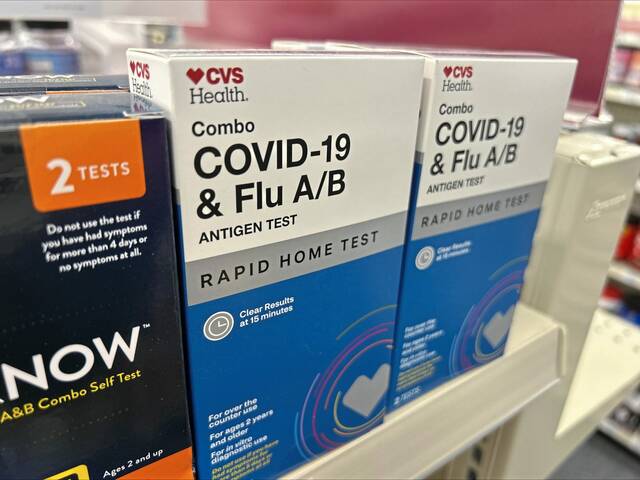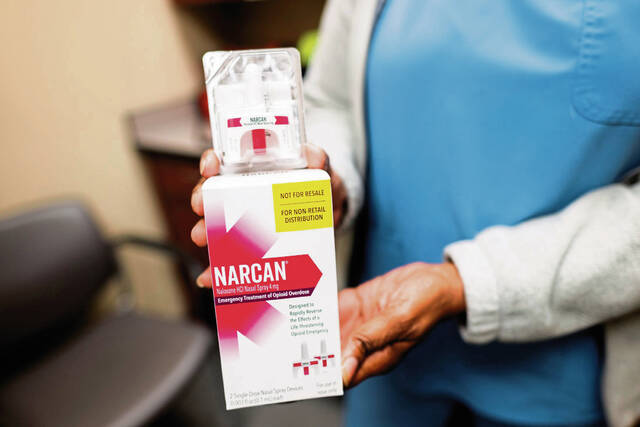Members of the Pennsylvania Noxious Weeds Committee are hoping that adding a new species to its list will help address another invasive issue: the spotted lanternfly.
The committee has added Tree-of-Heaven to the state’s Class B noxious weeds list.
“Class B includes species that are so widespread, it would be prohibitively difficult to order their removal,” said state Department of Agriculture Press Secretary Shannon Powers. “It will, however, ban future sales of trees or seeds in Pennsylvania.”
The native Asian tree is a favorite of the spotted lanternfly. Also from Asia, the insect was first discovered in Pennsylvania in Berks County in 2014 and eventually in a dozen other counties in the southeast portion of the state. The invasive pest has shown a preference for feeding on Tree-of-Heaven plants in order to reproduce, according to Powers.
Tree-of-Heaven was first introduced into the United States in the Philadelphia area in 1784, according to the Penn State Extention. It is native to northeast and central China. It is very similar in appearance to native smooth sumac, however smooth sumac leaves are serrated along the edges. Tree-of-Heaven leaves are smooth, and have two small “glandular teeth,” or nodules, at the base of the leaf.
Tree-of-Heaven also has a distinctively bad smell when its leaves are crushed.
It was initially valued as an urban street tree and was widely planted in the Baltimore and Washington, D.C., area. From these areas, Tree-of-Heaven has spread and become a common invasive plant in urban, agricultural and forested areas.
About a year ago, the noxious weeds committee met with a similar purpose, and one of the items up for discussion was Japanese barberry, a haven for ticks. Pennsylvania has one of the highest rates in the nation of Lyme disease infection. In 2017, there were more than 11,000 cases reported, according to the Center for Disease Control, which ranked Pennsylvania and New Jersey as the two worst states in the U.S. for Lyme disease risk.
The committee has not added Japanese barberry to the noxious weeds list.
Its members did, however, add European frogbit, European water chestnut and water primrose to the Class A list. They also voted to keep hydrilla on the list.
The committee’s changes will go info effect on July 31.


